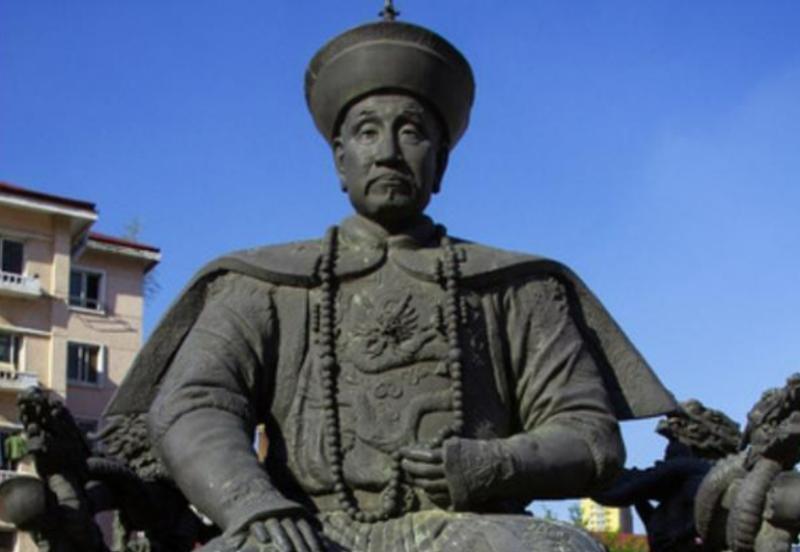Fragrant Hills Park and Emperor Qianlong
Fragrant Hills Park, located in the Haidian District of Beijing, is a famous park with a long history and picturesque scenery. Emperor Qianlong was an outstanding monarch of the Qing Dynasty who had a profound influence on Chinese history and culture. Here is a detailed introduction to the historical connection between Fragrant Hills Park and Emperor Qianlong:

Reference: Beijing Fragrant Hills Park: Harmony of Nature and History
1. Historical Origins of Fragrant Hills Park:
- Predecessor: The origins of Fragrant Hills Park can be traced back to the Yuan Dynasty when temples and gardens were established in the area.
- Ming and Qing Dynasties: During the Ming and Qing Dynasties, Fragrant Hills gradually became a favored destination for the royal family and literati, with many scholars and poets visiting to appreciate its beauty and express their feelings through poetry.
2. Emperor Qianlong's Connection to Fragrant Hills:
- Visiting Fragrant Hills: Emperor Qianlong, known for his cultural refinement, had a deep appreciation for literature, art, and natural scenery. He visited Fragrant Hills multiple times, enjoying its beautiful landscapes and composing poetry.
- Construction of Palaces: Emperor Qianlong also ordered the construction of palaces at Fragrant Hills for his visits and residence. These palaces became unique landmarks of Fragrant Hills, reflecting the emperor's special affection and attention to the area.
- Inscriptions: During his visits to Fragrant Hills, Emperor Qianlong often left inscriptions praising the natural scenery. These inscriptions not only demonstrate his love for nature but also contribute to the cultural heritage of Fragrant Hills Park.
3. Development of Fragrant Hills during the Qianlong Period:
- Cultural Prosperity: During the Qianlong period, Fragrant Hills experienced cultural prosperity, attracting numerous literati, scholars, and intellectuals for visits and discussions, making it an important hub for cultural exchange.
- Architectural Flourishment: The architectural style of Fragrant Hills also saw further development and prosperity during the Qianlong period, with many ancient buildings being repaired and rebuilt, leaving behind precious historical relics.
4. Fragrant Hills in the Present Day:
- Historical Relics: The architectural structures and inscriptions from the Qianlong period are still well-preserved in Fragrant Hills Park, serving as important attractions.
- Cultural Heritage: The cultural heritage of Fragrant Hills during the Qianlong period adds unique historical and cultural significance to the park, attracting many visitors and scholars for exploration and study.
The historical connection between Fragrant Hills Park and Emperor Qianlong is rich and profound. Emperor Qianlong's love and attention to Fragrant Hills have made it an important symbol of Chinese history and culture, enriching Fragrant Hills Park with deep historical connotations.
Q&A:
Q1: How did Emperor Qianlong contribute to the development of Fragrant Hills during his reign?
A1: Emperor Qianlong made significant contributions to the development of Fragrant Hills during his reign. He visited Fragrant Hills multiple times, appreciating its beauty and ordering the construction of palaces for his residence. Additionally, he left inscriptions praising the natural scenery, enhancing the cultural heritage of Fragrant Hills.
Q2: What cultural significance does Fragrant Hills hold in relation to Emperor Qianlong's legacy?
A2: Fragrant Hills holds immense cultural significance in relation to Emperor Qianlong's legacy. It flourished culturally during his reign, attracting scholars and intellectuals for discussions and exchanges. The architectural structures and inscriptions from the Qianlong period serve as tangible reminders of his appreciation for Fragrant Hills' beauty and contribute to its historical and cultural heritage.
note: This return of all, without the author's permission, may not be reproduced